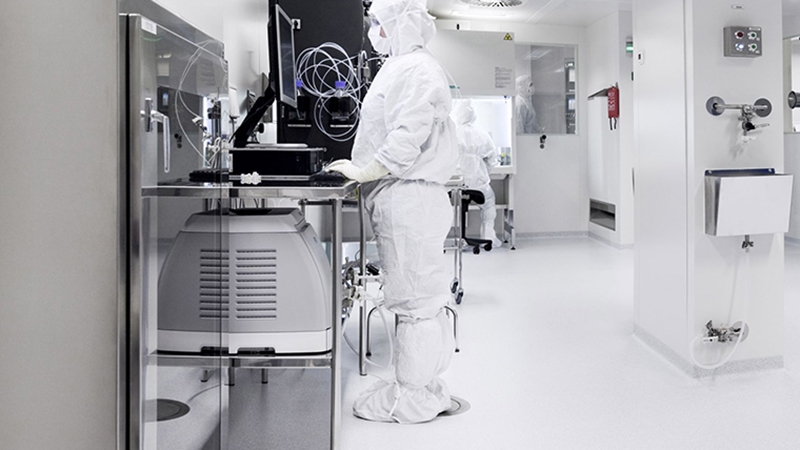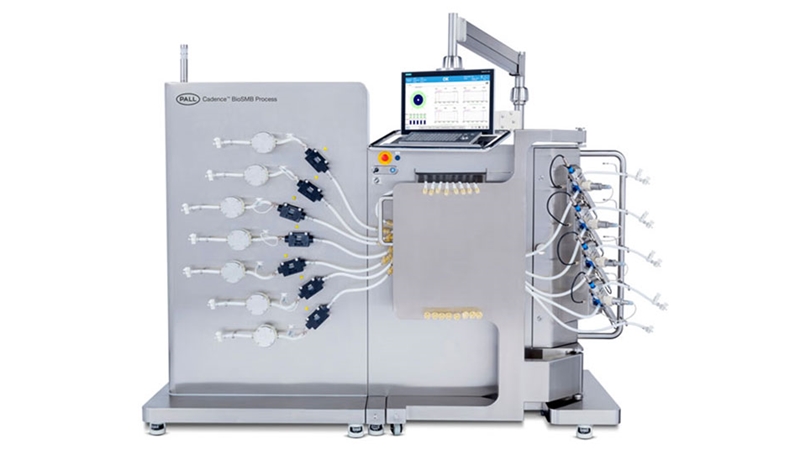In the highly regulated pharmaceutical industry, manufacturers can’t help but wonder what regulatory authorities like the FDA think of emerging technologies. So what do the global authorities have to say about continuous manufacturing?
Technology for continuous manufacturing is relatively new to the pharmaceutical industry, but interest in continuous solutions and equipment has grown significantly within the last couple of years. This can be measured by the number of conferences, articles and case studies of pharmaceutical companies’ application of continuous processing for commercial use. However, there are some significant differences between global manufacturing trends and the approach of regulatory agencies.
As mentioned in a previous TechTalk article on continous manufacturing and the authorities, the US Food and Drug Administration (FDA) has been a strong proponent for a number of years. On the other hand, European agencies, including the European Medicines Agency (EMA), are positive but do not actively promote continous manufacturing – or at least, not yet.
A brief history of regulators interest in continuous manufacturing
The FDA’s interest in continuous manufacturing dates back almost 15 years, when the first draft guidance on Process Analytical Technology (PAT) was published in 2003. This guide was the starting point of a significant paradigm shift for pharmaceutical regulations and worldwide good manufacturing practice (GMP). The International Council for Harmonization (ICH) were particularly good at acknowledging this, with the US, EU and Japan describing the new paradigm in the guidelines of ICH Q8 for pharmaceutical development, Q9 for quality risk management and Q10 for the pharmaceutical quality system.
These three guidelines combined provide an outline of the new paradigm, now implemented in the local regulations of the US, EU and Japan, including the EU GMP guidelines. The harmonization effort has continued with other ICH guidelines, but this particular shift has been the core enabler for the continuous manufacturing of pharmaceuticals.
Continuous manufacturing is in line with the FDA’s approach to the new quality paradigm that is considered the “desired state” of pharmaceutical manufacturing in the future, thus encouraging pharmaceutical companies to move in this direction.
New regulatory concepts
Though there are many elements, one of the most important concepts is that of “control strategy”, used to define and control the manufacturing process of a pharmaceutical product. Two options are defined: a minimal approach (like traditional pharmaceutical manufacturing), or an enhanced approach (like Quality by Design, or QBD-based manufacturing). For the enhanced approach, where important characteristics of the product and the manufacturing process are well-described and controlled, it is possible to implement continuous manufacturing.
Since pharmaceutical regulation agencies in the US described and implemented the new pharmaceutical manufacturing paradigm of Quality by Design, Europe and Japan have also approved pharmaceutical products made by continuous manufacturing, several arriving to market in the last couple of years.
Regulatory endorsement
A significant difference between the US and Europe is that the FDA has actively promoted continuous manufacturing for a number of years. Recently, the FDA established an Emerging Technology Program, including:
- A task force known as the Emerging Technology Team
- A draft guide
- Several articles to promote innovation in pharmaceutical manufacturing.
One of the cornerstones of this initiative is continuous manufacturing. This aligns with the FDA’s approach to the new quality paradigm, considered the “desired state” of pharmaceutical manufacturing in the future. This has encouraged pharmaceutical companies to move in this direction and approve the first facilities that embrace this technology.
European agencies are less active - although they do fully recognize and apply the harmonized regulations, including Quality by Design and continuous manufacturing. The first European factories that run continuously are now approved, and although some of the most significant suppliers of continuous manufacturing equipment for pharmaceutical products are European, the technology is not as “hot” as it is in the US, and the regulatory support understated.
What are the consequences of implementing continous manufacturing?
You may wonder what impact this new technology and future regulatory expectations may have. Some early adopters have been very willing to share their experiences – both the benefits and the challenges.
A frequent challenge is that many regulators have limited experience with the new technology, and companies have had to teach them the core principles. However a main benefit of continuous manufacturing is that the technology pulls continuous measurements of critical quality attributes and therefore may prevent many of the failures and non-conformities of traditional batch-based manufacturing.
As is the case with many technological breakthroughs, change may take longer than expected and consequences might be greater than anticipated. However, continuous manufacturing technology is here to stay, and its imprint in the world of pharma is ever growing.


